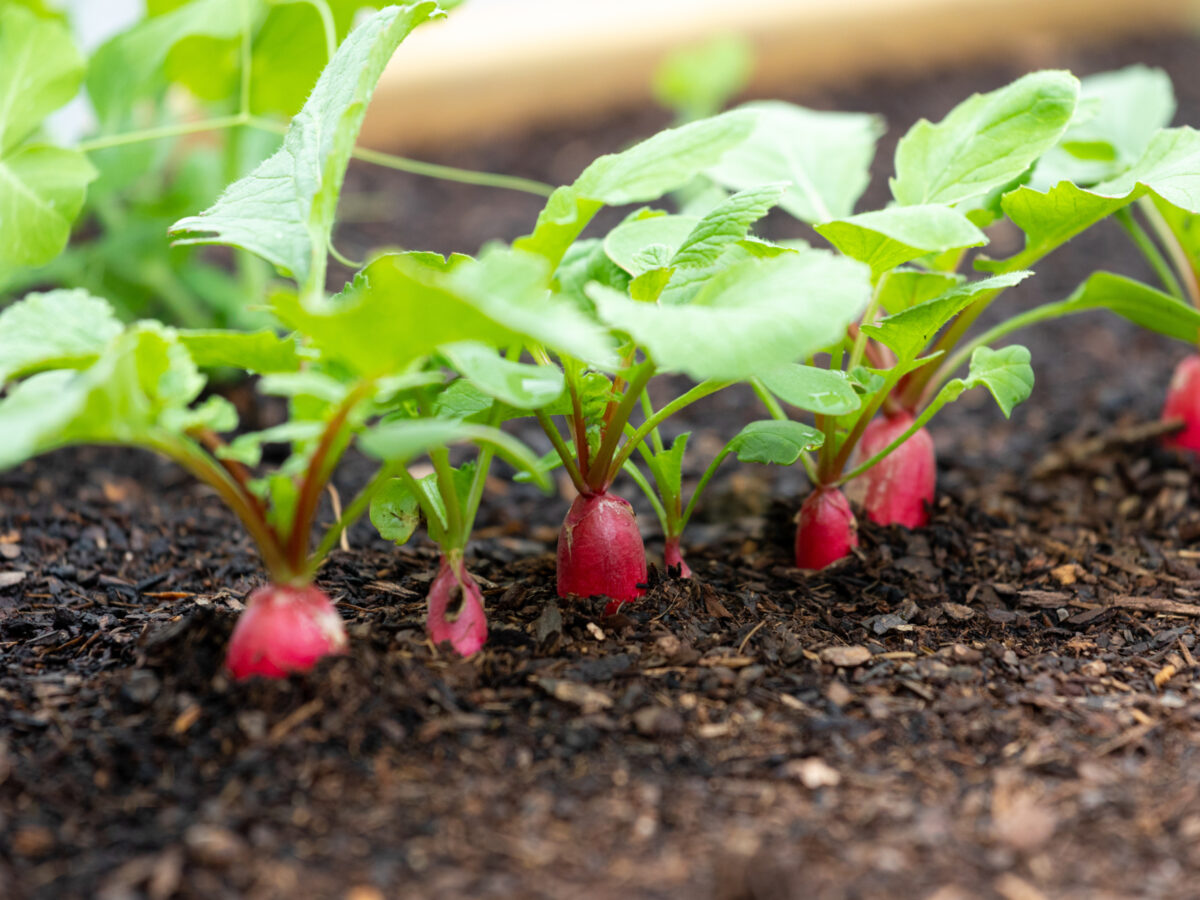
Jamaican Peas
- Tags
- Vegetables and herbs
| Growing calendar | |
|---|---|
| Sow indoors | April |
| Harvest | May - June |
Jamaican peas, also called common beans, are dwarf rather than climbing plants and may have cream, white or pink flowers. The thin pods are normally plain green, and although intended for drying can be lightly picked as a green bean when young: useful if you are short of space, giving two different crops from the same plant.
How to grow Jamaican peas
Jamaican beans aren’t hardy and need a long growing season to dry the pods, so north of Birmingham they are better started indoors. In some places you may manage two crops, one from an indoor crop and one from a direct sowing.
They aren’t too fussy about soil provided it’s well drained and sunny, but will need watering in dry weather for maximum yields.
Sow indoors in pairs or singly in pots or modules in April, thinning the weaker seedlings. Pot on if needed. Harden off before transplanting.
Earlier crops can also be grown in a polytunnel, at the spacings above, or in a growbag (6 plants per bag) or in pots: you can fit 3 in a 30cm/12in diameter pot.
Sow outdoors once the soil is warm enough - usually late May-June in the Midlands - around 10-15cm/4-6in between seeds, in rows 30-40cm/12-16in apart. It’s often helpful to sow a few extra at the ends of the row to fill in any gaps.
Harvesting and seed saving
Pods should be left on the plants as long as possible. If the weather is very wet, with no sign of improvement, once the pods have become yellow and leathery the plants can be pulled up. Spread them out on a dry bench in a shed or in a greenhouse, then tie in bunches and hang up by the roots to finish drying in a rodent-free shed or garage.
If drying on the plant, wait for the pods to be rustling-dry to touch, pick them from the plants and spread out on trays in a single layer to complete drying indoors. Shell once the pods have shrunk and begun to split (some Jamaican peas keep tightly closed even when fully dry.)
Spread the shelled beans out on trays lined with newspaper for a week or so somewhere cool, airy and mouse free until shrunken in size by around a third and dry to touch. Discard any which don’t look healthy or true to type.
Using Jamaican peas in the kitchen
Store in paper bags or envelopes until needed for cooking. They should be soaked overnight, the water discarded and boiled hard for at least 10 minutes to destroy any toxins, like kidney beans, before simmering until soft.
Troubleshooting
In some areas, plants may need netting to protect against bird damage.

| Growing notes | |
|---|---|
| Difficulty | Easy |
| Germination time | 10-21 days |
| Average time to harvest | About 2 months for fresh, 3 for dried |
| Equipment needed | Netting (if bird damage) |
| Average plant size | 15cm in height and width |
| Family group to grow with | Legumes |
| Key nutritional content | Rich in protein and if eaten fresh, Vitamin C and B |
| Latin name | Phaseolus vulgaris |
| Seed saving notes | Rarely crosses with other French beans so easy to dry and save |

Love our growing advice?
Get a direct link to our horticultural advice team, as well as members-only online resources with a Garden Organic membership.